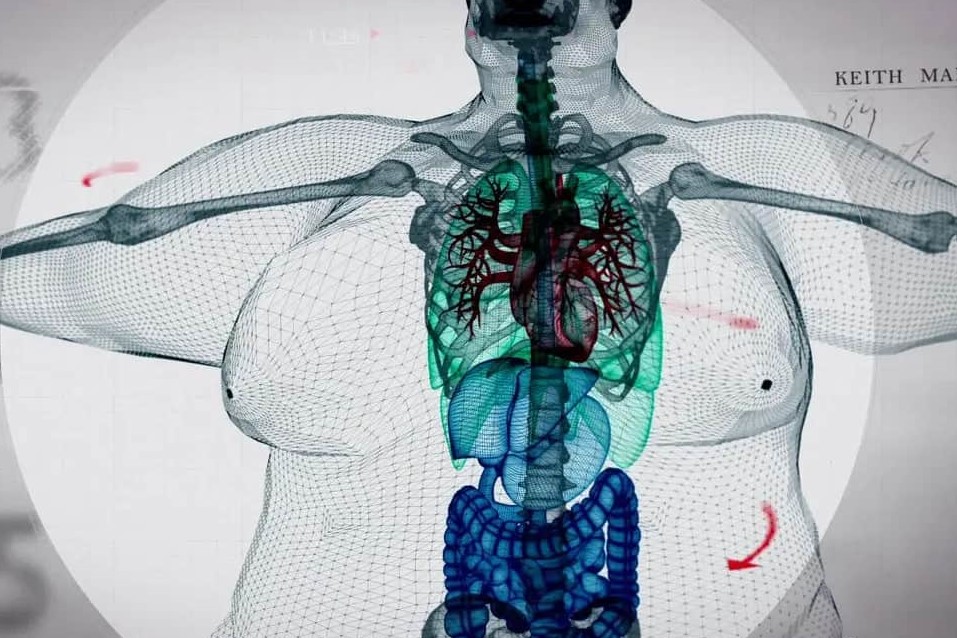
Rare diseases: Bardet Biedl Syndrome
Bardet Biedl syndrome is a rare genetic disorder that causes obesity, vision, kidney, learning, hand or foot deformities
Bardet Biedl syndrome (SBB) is a rare genetic disorder characterised by the simultaneous presence of:
- Obesity;
- Retinitis pigmentosa (disease of the retina, the area of the eye that allows vision);
- Polydactyly (increased number of fingers);
- Kidney problems;
- Learning difficulties.
Bardet Biedl syndrome has an incidence of 1 in 160,000 people in European populations although there are areas where it is much higher.
Bardet Biedl syndrome is a genetic disorder that can be caused by the alteration (mutation) of at least 12 different genes (BBS1 to BBS12), and in most cases the genetic transmission is autosomal recessive.
Autosomal recessive diseases only occur in people who have inherited two altered (mutated) copies of a gene.
Both the copy inherited from the mother and the copy inherited from the father are mutated.
The term ‘recessive’ means that the alteration of only one of the two gene copies is not sufficient to cause the disease.
To cause the disease, both copies of the genes must be mutated.
The parents carry only one copy of the altered gene (the other copy is normal), so they are not sick: they are healthy carriers.
Two healthy carriers who want to have children have a 25% chance (one in four) of having a sick child in each pregnancy.
The probability is independent of the sex of the unborn child.
Other forms of transmission of the disease exist, although they are rarer.
Mutations in the BBS genes cause abnormalities in the cilia, small organs on the surface of cells found in many organs such as the kidney or the eye.
How does Bardet Biedl syndrome manifest itself?
Bardet Biedl syndrome affects several organs and apparatuses, and in particular major anomalies and associated anomalies can be distinguished.
Major anomalies include
- Eye disease: almost all affected patients (96%) have retinal dystrophy (rod-cone dystrophy) which develops over the years. The first symptoms, consisting of difficulties in night and evening vision, are evident at the end of the first decade of life; the picture often evolves towards a severe reduction in visual acuity (low vision) on average around 15 years of age. Ocular involvement may be evident through the presence of nystagmus (rapid and repeated movement of the eye), myopia, optic atrophy (an abnormal decrease in the size of the optic papilla, the area through which the optic nerve passes in the eyeball), macular dystrophy (a genetically based deterioration of the macula, the central area of the retina), strabismus, glaucoma, a condition in which the pressure inside the eye increases, and cataracts. The most specific test to diagnose retinal dystrophy in addition to the doctor’s assessment of the fundus of the eye is the electroretinogram, a recording of the electrical potentials generated in the retina in response to light stimulation;
- Abnormalities of the extremities: patients with Bardet Biedl syndrome frequently (65-70%) have post-axial polydactyly, i.e. the presence of more than the fifth finger on the hands and feet. Equally frequent and characteristic is the presence of brachydactyly, i.e. short fingers, generally more evident in the feet, and cutaneous syndactyly, fingers joined together at skin level, especially at the 2nd-3rd toe level of the feet;
- Obesity: present in approximately 75% of patients with Bardet Biedl syndrome;
Learning difficulties: patients with Bardet Biedl syndrome frequently have mild to moderate learning difficulties; - Kidney and urinary tract abnormalities: Kidney abnormalities can be functional or anatomical. Functionally, affected patients may develop a poor ability to concentrate urine, manifested by polydipsia and polyuria, i.e. excessive thirst and very heavy diuresis. Rarely, patients develop renal failure.
- Patients with Bardet Biedl syndrome may also present with: speech retardation, diabetes mellitus, dental abnormalities, cardiac malformations, reduced or no ability to smell.
CHILD HEALTH: LEARN MORE ABOUT MEDICHILD BY VISITING THE BOOTH AT EMERGENCY EXPO
How is Bardet Biedl syndrome treated?
There is no single treatment for Bardet Biedl syndrome, but the various symptoms should be carefully monitored and treated whenever possible, trying to avoid possible complications.
Specifically:
- Retinopathy: at the moment there is no treatment able to slow down its evolution but it is important to follow and support the patient with specific rehabilitation to better face a life with reduced vision through appropriate education and the acquisition of appropriate support tools;
- Polydactyly: can be corrected surgically;
- Obesity: early dietary treatment combined with behavioural treatment should be implemented. Only if these strategies fail can drug therapy be considered;
- Kidney disease: surgical, medical or dialysis treatment depends on the type of problem present;
- Developmental and language delays, learning problems: It is very important that cognitive problems are recognised as early as possible so that specific support can be initiated immediately;
- Diabetes: is usually well controlled with oral hypoglycaemic drugs.
Read Also:
Tachypnoea: Meaning And Pathologies Associated With Increased Frequency Of Respiratory Acts
What Is Transient Tachypnoea Of The Newborn, Or Neonatal Wet Lung Syndrome?


